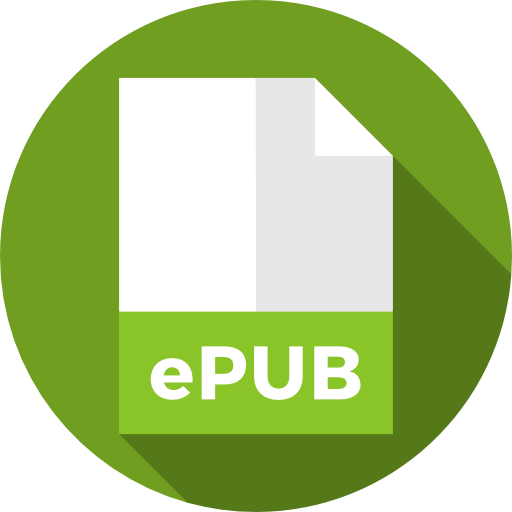
An International Publisher for Academic and Scientific Journals
Author Login
Scholars Academic Journal of Biosciences | Volume-13 | Issue-08
Salt Mediated Morpho-Anatomical and Nutrient Responses in Hydroponically Grown Tomato (Solanum lycopersicum L.) Under Different Organic Media
Amna Hassan, Misbah Kalsoom, Rohul Amin, Rabiya Bashir, Mehwish Kanwal, Muhammad Iftikhar, Ammara Ahsan, Fareeha Imran
Published: Aug. 8, 2025 |
276
128
Pages: 1089-1115
Downloads
Abstract
Tomato (Solanum lycopersicum L.), a member of the Solanaceae family, is one of the most widely cultivated and consumed fruit crops globally. It is low in calories and rich in essential nutrients such as vitamin C and potassium, as well as antioxidants that help lower the risk of chronic diseases like cancer, diabetes, and cardiovascular disorders. Hydroponic systems offer a cost-effective and high-yield alternative to conventional cultivation methods by providing optimal growing conditions. This study was conducted at the Aquaponics facility of Government College Women University Faisalabad to evaluate the structural, growth, and nutrient responses of different tomato varieties cultivated hydroponically using various organic media under salt stress conditions. A Completely Randomized Design (CRD) with three replications was used. Three tomato varieties—Cherry Tomato, Hybrid Tomato, and Sagar F1—were grown hydroponically in four types of soilless media: cocopeat, Hoagland solution, sawdust, and sugarcane bagasse, with nutrient supply provided via half-strength Hoagland’s solution. Salt stress (50 mM NaCl) was applied after three months. Morphological traits (shoot/root length, fresh/dry weights) and anatomical traits (cross-sectional area, cortical thickness, cortical cell area, and phloem thickness) were recorded. Data were analyzed using ANOVA. Results indicated that, except for phloem thickness, Hoagland and cocopeat media yielded the best growth and structural development. The Sagar F1 variety outperformed the Cherry and Hybrid varieties. Salt stress negatively affected plant growth, increasing sodium ion accumulation and reducing potassium levels. Overall, Hoagland and cocopeat media provided the most favorable outcomes across all parameters studied.


